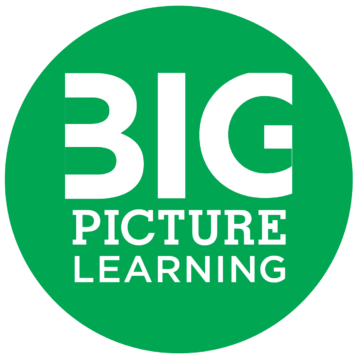Project-based learning (PBL) is a vehicle for teaching content and skills using student-centered practices and real-world contexts. PBL is typically designed around a problem or question posed by a teacher who acts more as a guide and facilitator than a content expert. This serves as the entry point to a learning process in which students are given choices about what to learn and how to learn based on their identities and interests. They are typically also given choices about what to produce as a demonstration of learning.
PBL embodies education schema that have existed throughout human history: complex questions provoked by curiosity about the world, learning that originates from direct experience and efficacy, and meaning generated through real-world contexts. As such, PBL exercises the higher-order cognitive processes defined at the top of Bloom’s taxonomy (see 2001 revision). These are the “any century” skills that students need to navigate the emerging world: PBL gives them the opportunity to develop these skills while doing work that is personally meaningful to them.
PBL is not a one-size-fits-all pedagogy; it is more than an end-of-unit project. Instead, it invites schools to be creative in designing expansive learning opportunities that inspire students to produce work they are intellectually and emotionally invested in. Doing this can create anxiety as students and teachers navigate the ambiguity of projects that do not follow recipes. However, understanding some common features of PBL can provide guidance for schools to use as they engage in design and implementation.
Features of project-based learning include:
- Student-centered practices: Students make key decisions throughout projects based on their identities, interests, and preferences.
- Inquiry-based learning: Students engage in a process that involves steps like generating questions, discovering new information, and problem-solving.
- Interdisciplinary research: Students investigate multiple subjects and synthesize what they learn to create content for their projects.
- Open-ended design: Students have the time and freedom to explore problems and questions using different perspectives and approaches.
- Real-world contexts: Projects have direct relevance in the world and include opportunities for learning outside school.
- Multifaceted assessment: Students demonstrate learning by producing artifacts. Feedback and self-evaluation are formative elements of assessment.
- Public presentations: Students make their work public by sharing it not only with their teachers, but also with peers, experts, and other people outside the classroom.
- Collaboration: Students interact with peers, other teachers, and experts outside the school to learn how to collaborate, even when projects are not team-based.
While the features listed above are nearly always a part of PBL, PBL differs from context to context because teachers adopt features based on preferences and needs. Teachers can also combine PBL with other pedagogies, like social-emotional learning, place-based learning, service learning, and design thinking. The resulting differences may include:
- Duration: Projects may last a few days or an entire semester, depending on the goals.
- Personalization: Student interests may determine all aspects of a project or just a few.
- Content: The knowledge needed to complete a project will vary based on its scope.
- Location: Logistics determine opportunities to incorporate learning outside school.
- Assessment: The degree of variation in end products can be determined by teachers.
- Collaboration: Projects can be assigned to teams or to individual students.
Using a well-researched process to set up project-based learning is very important because there are many variables that can affect the success or failure of projects. School culture, time, how a teacher handles student autonomy, and project design are all factors that may impact outcomes. Following the expert guidance of organizations like PBLWorks or HQPBL can help teachers design an effective learning experience for students.





















